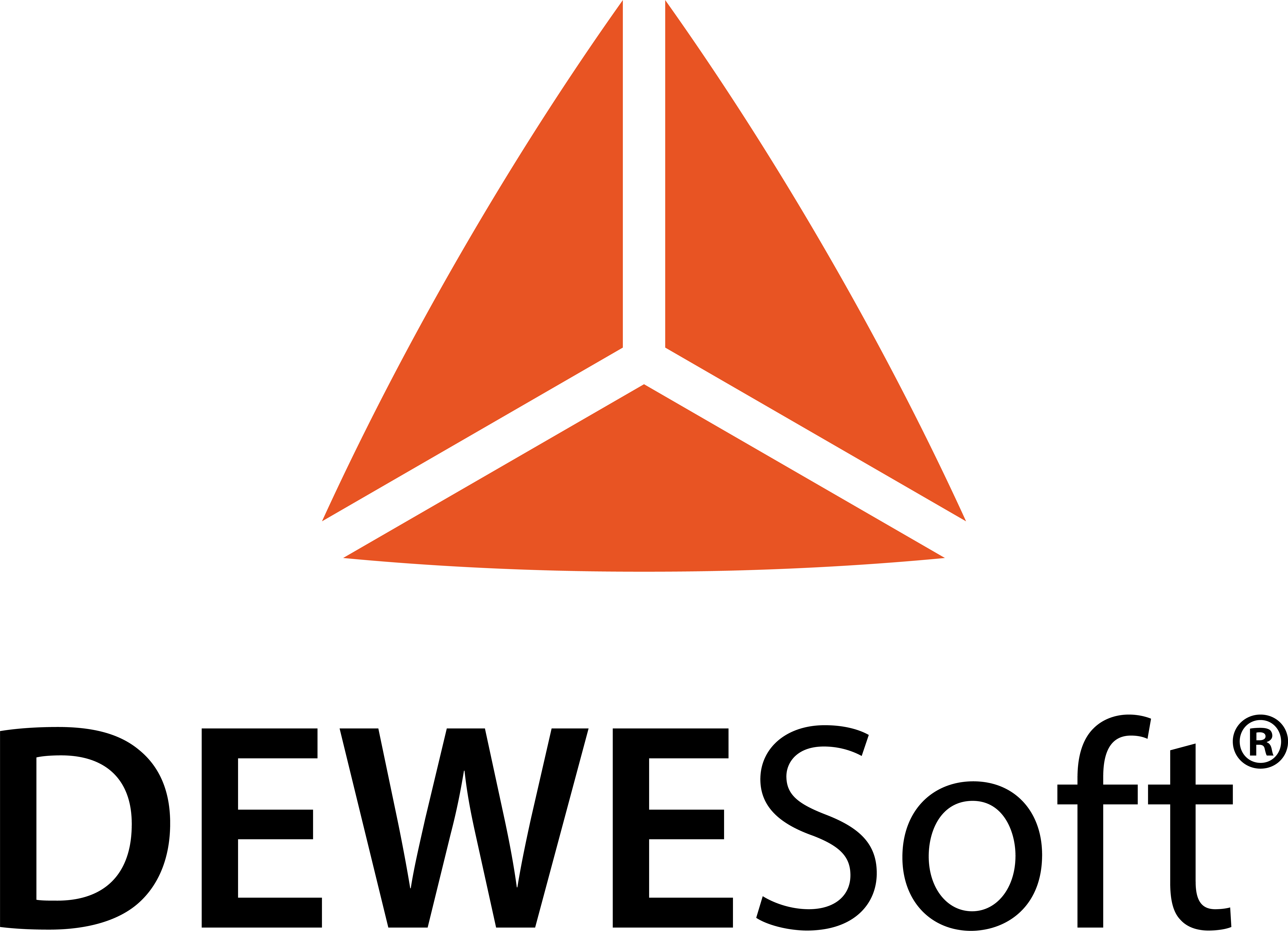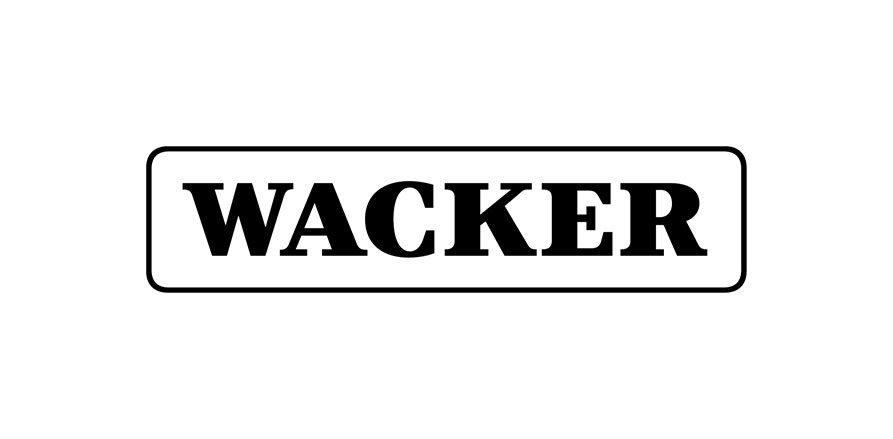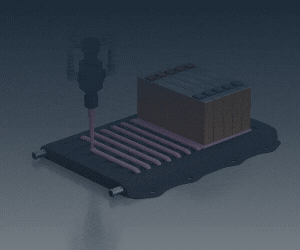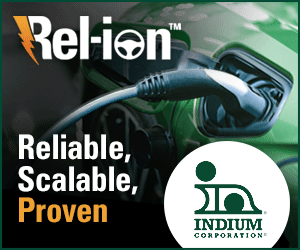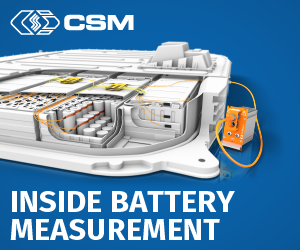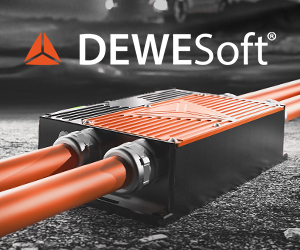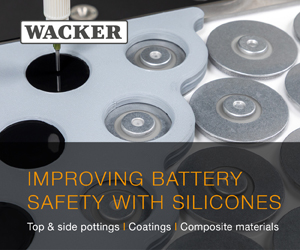Asahi Kasei and EAS launch ultra-high-power LFP cell with advanced electrolyte

(Image courtesy of EAS Batteries)
Asahi Kasei and EAS Batteries are aligning electrolyte chemistry with cell design to push LFP into ultra-high-power territory, anchoring a licensed acetonitrile-containing electrolyte in a new cylindrical 22 Ah format due on the market by March 2026. The electrolyte’s high ionic conductivity lowers internal resistance and lifts rate capability in both cold and hot conditions, and the numbers are unambiguous: the UHP601300 LFP 22 delivers 2,550 W/kg under continuous discharge at 880 A and reaches 3,760 W/kg on a 2-second pulse at 1,320 A, a step up versus conventional electrolyte baselines typically used in comparable cells. The same formulation reduces heat build during high-rate cycling and improves energy efficiency, which matters in duty cycles where short, repeatable bursts of power dominate. In test regimes at room temperature, the cell maintained 80% of initial capacity after 2,400 cycles at 5C charge and 5C discharge with 100% depth of discharge, corresponding to 110 A in both directions and a full charge or discharge in 24 minutes. These metrics land directly in the wheelhouse for marine propulsion modules, rail traction auxiliaries, and construction machinery where high pulse and continuous loads sit side by side.
Beginning in 2010, Asahi Kasei’s research team, with Honorary Fellow Akira Yoshino’s involvement, pursued high ionic conductivity electrolyte concepts featuring acetonitrile, a solvent long recognized for mobility advantages but historically constrained by stability and safety integration challenges. The company’s proof of concept announced in mid-2024 showcased power retention at low temperatures and durability at elevated temperatures, setting the stage for a production-directed formulation and the licensing route that now underpins the EAS program.
What distinguishes the present implementation is how electrolyte transport and electrode architecture are tuned together to move the limiting resistance out of the way at high C-rates, allowing LFP’s inherently stable platform to act like a power cell without conceding cycle life. For integrators who design to thermal envelopes rather than only to capacity, the combination of reduced ohmic losses and manageable heat rejection opens packaging latitude in modules and shortens the path to validated high-rate operating profiles.
The collaboration sits within the HEADLINE project supported by Germany’s Federal Ministry of Research, Technology, and Space, giving the pair a framework to target demanding environments from the outset rather than back-fitting a lab result into the field. EAS and Asahi Kasei also plan to sublicense their combined technologies to OEMs and other cell makers, an approach that matches Asahi Kasei’s broader Technology-value Business Creation initiative laid out in April 2025, where patents, process know-how, data, and algorithms are monetized through asset-light commercialization.
For developers, that means an adoption path that can bring electrolyte and validation packages alongside cell hardware. This reduces the time and risk to hit performance-in-use rather than performance-on-paper. With a market entry no later than March 2026, the program defines a near-term schedule for placing a cylindrical, low-resistance LFP power cell into traction-adjacent systems that need rapid transients without exotic materials or a thermal penalty that eats into enclosure mass and volume.
Click here to read the latest issue of E-Mobility Engineering.
ONLINE PARTNERS



